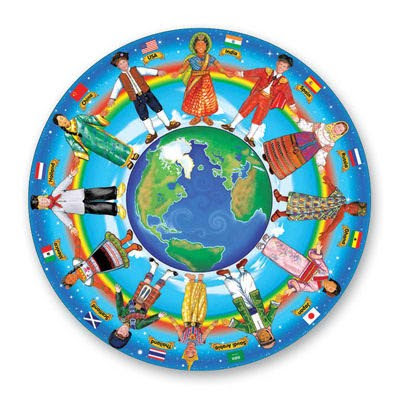I. I. What is Information Ecosystem? Information ecosystem is used to describe how local communities exist and evolve within particular information and communication systems. Within these systems, different types of news and information may be received from outside then passed on to others through word of mouth, key community members, phone, the Internet, and the like. An examination of an information ecosystem looks at the flow, trust, use and impact of news and information. An information ecosystem is not a static entity; it is by nature constantly evolving and changing. Nor is it a separate form; it can be defined at many levels, from global to national to community to interest-based groupings within communities. Information ecosystems can also be refer to a loose, dynamic configuration of different sources, flows, producers, consumers, and sharers of information interacting within...





